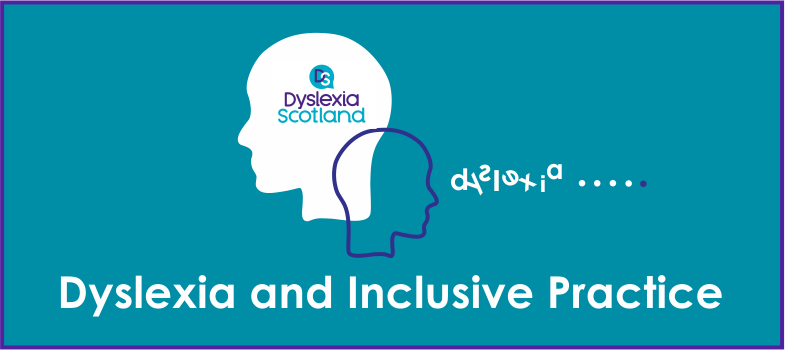3.2. Appropriate support approaches
There is a range of supports and approaches that can help learners with dyslexia.
Differentiation and the curriculum
The impact of dyslexia as a barrier to learning varies in degree according to the learning and teaching environment.
‘The process by which differences between learners are accommodated so that all students in a group have the best possible chance of learning.’
Differentiation has become a key skill and requirement for all teachers to ensure the needs of all their learners are met. Creating resources, which are accessible for dyslexic learners will also support a wide range of learners. There are several areas to consider when planning effective and meaningful differentiation as highlighted in Figure 8.
Activity 6 Reflective Log
Think about the curriculum that you teach. What do you see as your main challenges in differentiating the curriculum? Consider the needs of your pupils and make a note in your log of how well you meet their needs at present and where you would like to make improvements.
Responsibility for All
'Curriculum for Excellence [Tip: hold Ctrl and click a link to open it in a new tab. (Hide tip)] ', states that all teachers have responsibility for literacy, numeracy and wellbeing and it is helpful for you to understand that dyslexia can have an impact on all three of these areas.
Activity 7 Reflective Log
Dyslexic learners may experience difficulties in relation to literacy, numeracy and wellbeing. In your Reflective Log make a list of some of these difficulties, then think about how they connect with each other and how they relate to the curricular areas or subjects you teach.
The table below highlights some common areas of difficulty which individuals with dyslexia can experience and which will affect their language and numeracy development and consequently their wellbeing. You will notice these areas are all included within the Scottish working definition of dyslexia.
Common areas of difficulty
| Literacy | Numeracy | Wellbeing |
| Phonological awareness | Short-term memory | Short-term memory |
| Short-term memory | Working memory | Working memory |
| Working memory | Naming and labelling | Naming and labelling |
| Naming and labelling | Processing speed | Organisation |
| Processing speed | Organisation | |
| Organisation | Automaticity | |
| Automaticity |
Approaches which support the development of early literacy skills can be very suitable for learners with literacy difficulties, dyslexia, language delay and English as an additional language. Using resources such as the Addressing Dyslexia Toolkit and information on the Education Scotland National Improvement Hub can help you support the language development needs of children and young people in your classes in nursery, primary and secondary settings.
Activity 8 Reflective Log
The table below provides some helpful approaches used by teachers in a wide range of schools.
Consider which approaches you use or could use to support pupils in your class who experience literacy difficulties and dyslexia.
Use the copy of this table in your Reflective Log to explore which approaches you currently use or could include, and which you cannot use and why.
| Support | Classroom practice | ||
| Currently used or could include | Cannot use | Reason | |
| Seating and grouping – ensure everyone can see the white board and you can see them | |||
| Explain and present information many times in various ways (pictures, flow charts, diagrams) | |||
| Ensure thinking/processing time is allowed | |||
| Provide information, desk-top mats/jotter inserts - word banks, prompts and personal targets | |||
| Use information technology (IT) – for reading and writing | |||
| Encourage the use of books in audio/digital format to support access to texts | |||
| Match reading resources to reading ability, ensuring that it is age appropriate | |||
| Highlight the main points in text to support comprehension, prediction and recall | |||
| Use and encourage multi-sensory approaches | |||
| Limit the amount of reading/copying from the board. Give copies of notes - electronic versions and examples | |||
| Accept alternatives to writing | |||
| Limit writing demands | |||
| Ensure extra time is provided | |||
| Provide writing frames/story skeletons | |||
| Use and help pupils understand how to use mind maps, spider webs, bullet points | |||
| Specify what will be marked | |||
| Minimise the number of errors you highlight – perhaps only one of each type. Suggest how to avoid these in the future | |||
| Use directed praise | |||
3.1. Effective communication

